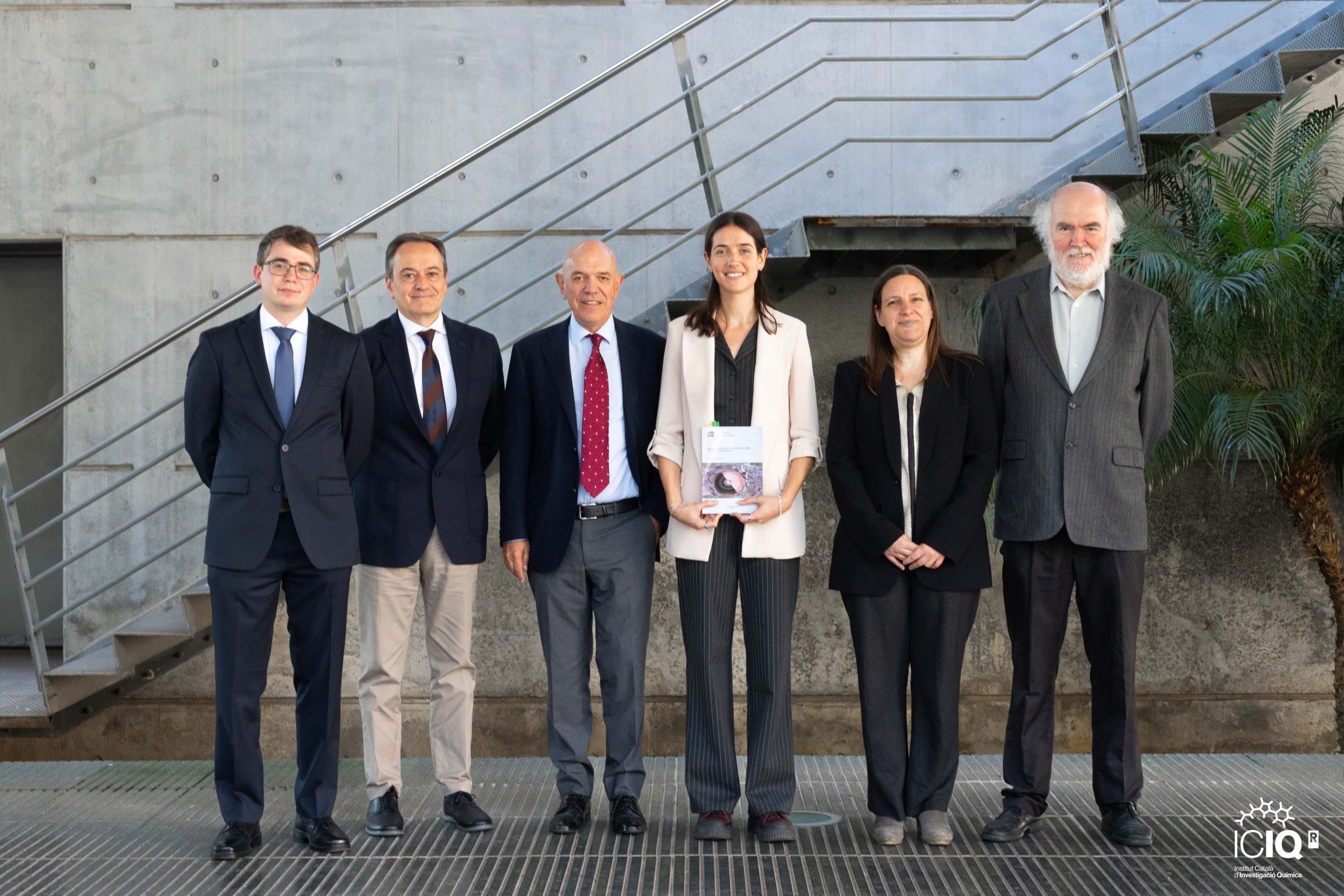Congratulations Dr. Roso!
Sergio Roso, PhD student under the supervision of Prof. Atsushi Urakawa (ICIQ) and Prof. Eduard Llobet Valero (URV) has defended his PhD Thesis entitled
“Synthesis and Gas Sensing Properties of Single Crystalline Metal-Oxide Nanostructures”‘ (assigned to the Physical and Inorganic Chemistry Department of the Universitat Rovira i Virgili) publicly on March 24th at the Sala de Graus, ETSE/ETSEQ (URV).
The members of the evaluation committee were: Prof. Xavier Vilanova (URV), Prof. Frank Güell (Universitat de Barcelona) and Prof. Nicolae Barsan (Eberhard Karls Universität Tübingen)
Abstract
In the present doctoral thesis, several metal oxide nanostructures such as ZnO nanowires and In2O3 octahedra via a chemical vapour deposition (CVD) method at high temperatures.
For the detection of nitrogen dioxide, it was found that the response of ZnO nanowires was directly correlated to the overall amount of defects of the material. The higher the number of defects is, the higher the response to nitrogen dioxide is. On the other hand, for the detection of ethanol, ZnO nanowires with an intermediate number of defects in which surface defects were dominant led to the best results.
Additionally, regarding the In2O3 octahedra, we can say that pure In2O3 octahedra are excellent for detecting NO2 gas with an outstanding sensitivity at low temperatures (130 oC), while the response to H2 remains two orders of magnitude lower under the same conditions. In addition, the presence of humidity increases the sensitivity to NO2 and, at the same time, reduces the response to H2, which results in an increased selectivity.
Finally, by making use of the DRIFT spectroscopy, we have analyzed In2O3 material towards 1 ppm of NO2 at different temperatures and, it has been found that the mechanism proposed for the gas sensing is far more complicated than previously reported. As a result of these experiments, new light on the sensing mechanism of ZnO and In2O3 material towards NO2 gas at different temperatures has been shed.
Related news

Let's create a brighter future
Join our team to work with renowned researchers, tackle groundbreaking
projects and contribute to meaningful scientific advancements







 20-12-2024
20-12-2024 


















